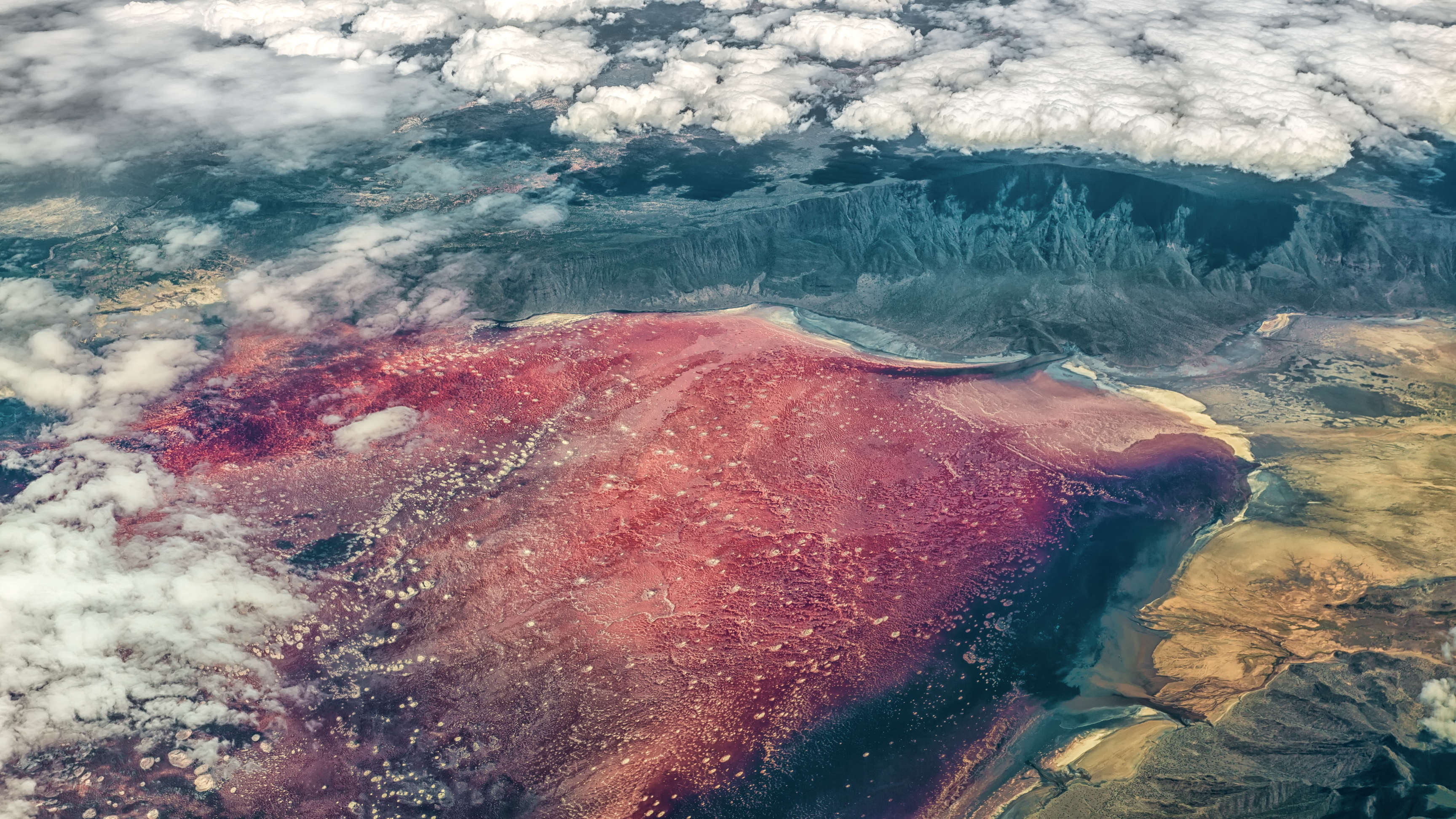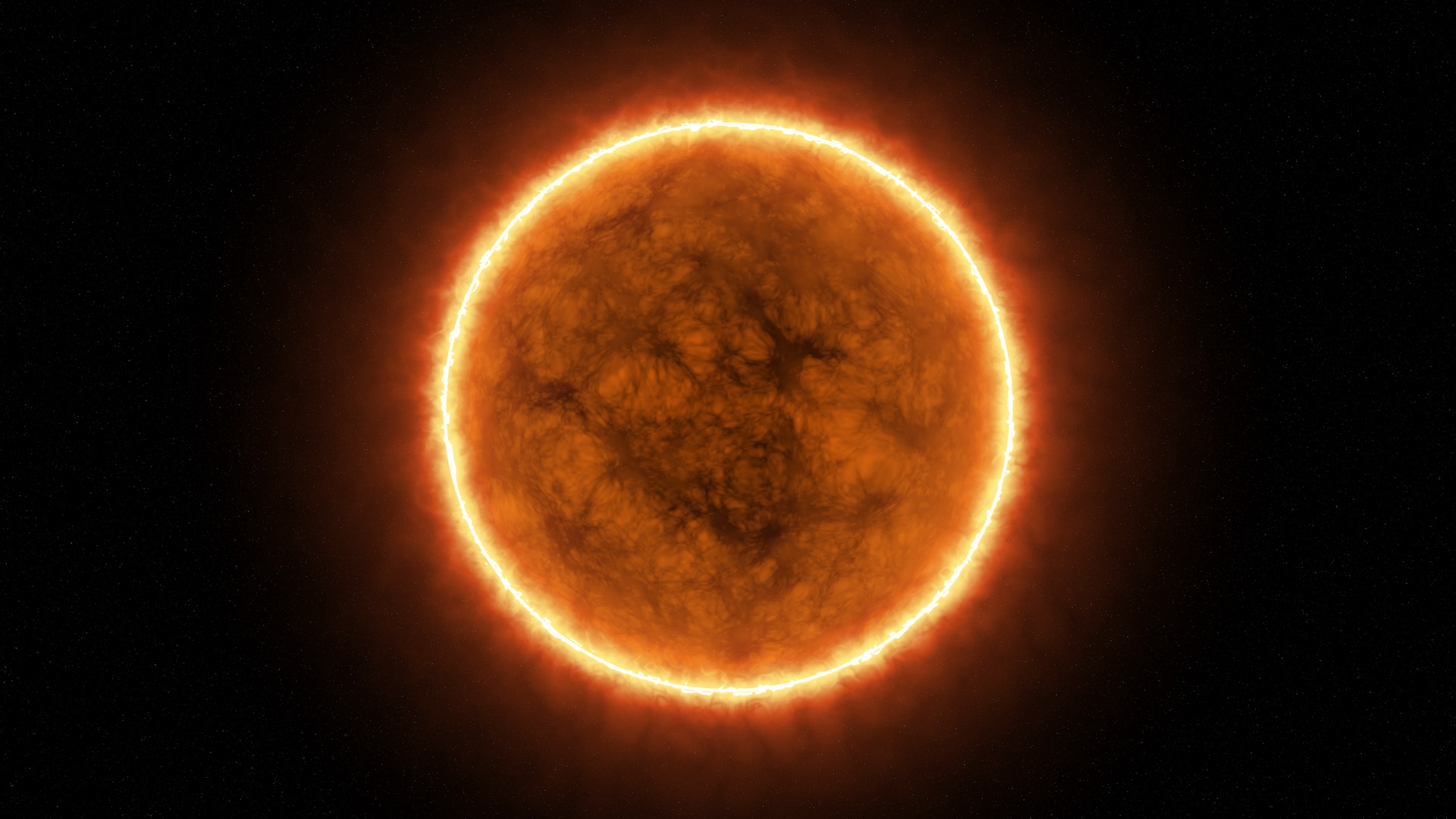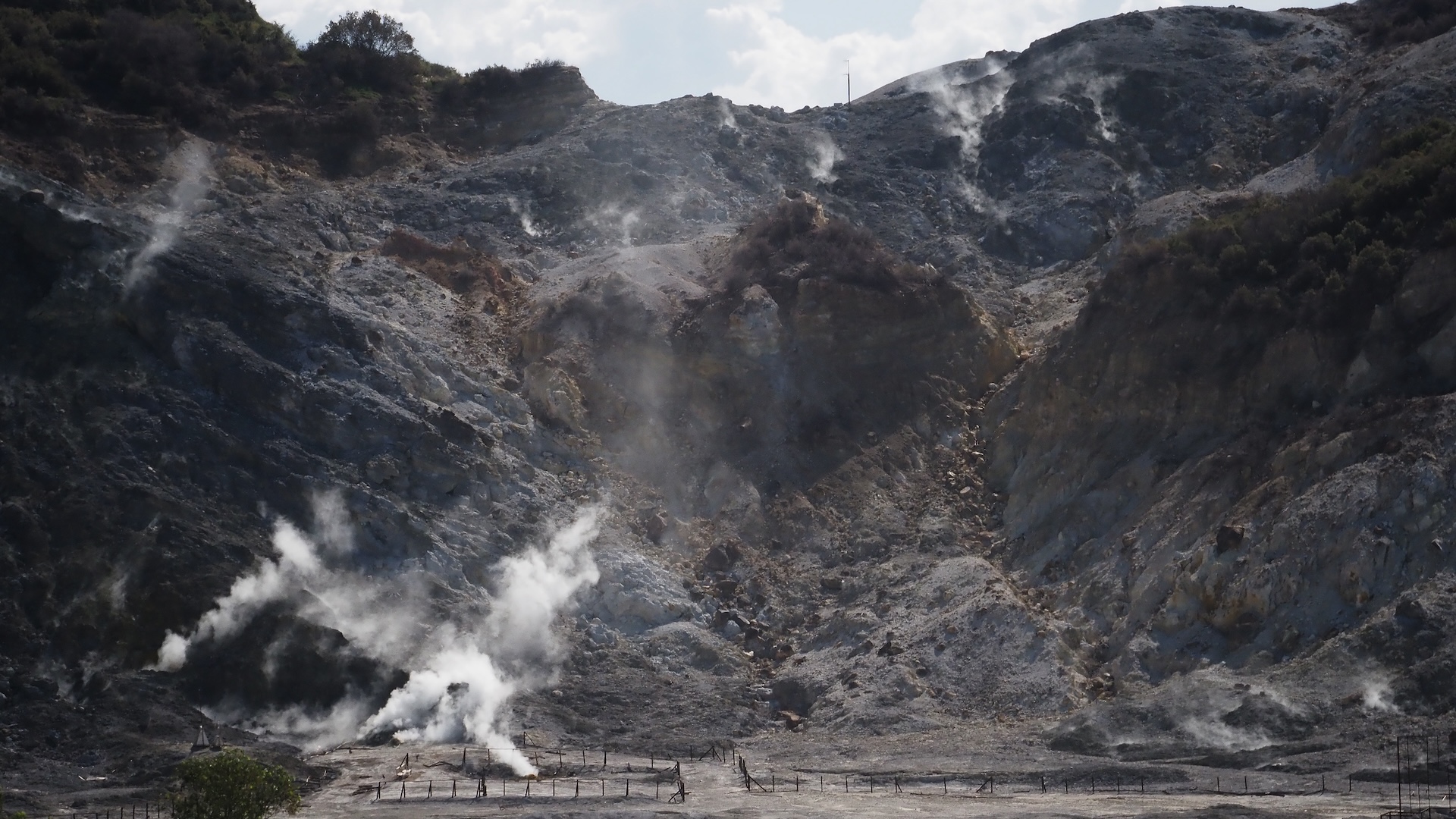QUICK FACTS
Name: Lake Natron
Location: Northern Tanzania
Coordinates: -2.332009081285983, 36.03373896004504
Why it’s incredible: The lake is so alkaline, it burns the skin and eyes of most animals and turns some to “stone.”
Lake Natron has a chemical makeup that is so harsh, it is uninhabitable for most creatures. It is a “soda” lake, meaning it has high levels of dissolved sodium and carbonate. Due to this high concentration of salts and minerals, the lake’s pH can reach 10.5, which is almost as caustic as ammonia solution — and animals that die on the shores of Lake Natron are preserved as calcified mummies as a result.
Lake Natron sits along the East African Rift System, a divergent tectonic plate boundary that is tearing apart the African Plate. This geology means that Lake Natron is shaped by volcanic processes, which produce large amounts of sodium carbonate and calcium carbonate. These salts and other minerals trickle down into the lake from surrounding hills and enter the water from below via hot springs, Live Science previously reported. The lake does not drain into any river or sea, so the chemical concentration stays high year-round.
Few animals can survive a salt level and pH as high as Lake Natron’s, and the water can severely burn the skin and eyes of creatures that try to take a sip or dip. But animals that have adapted to the conditions, including lesser flamingos (Phoeniconaias minor) and tilapia, thrive in and around the lake.
In fact, Lake Natron is the world’s most important breeding site for lesser flamingos, with most of East Africa’s 1.5 million to 2.5 million lesser flamingos — which represent around 75% of the global population of the species — hatching at the lake, according to the Tanzania Wildlife Management Authority. Lesser flamingos’ legs have tough skin and scales that prevent burns from the water. These birds build nests on islands that form in the lake during the dry season, Live Science previously reported, and their babies are safe from most predators thanks to the deadly conditions.
Related: Kilimanjaro’s giant groundsels: The strange plants that thrive on Africa’s tallest mountain
In addition to being extremely alkaline, Lake Natron is so shallow that its water temperature can reach a scalding 140 degrees Fahrenheit (60 degrees Celsius) during the hottest times of the year, according to NASA’s Earth Observatory. The lake is 1.6 feet (0.5 meters) deep and 9 miles (15 kilometers) wide, but it shrinks and expands depending on the weather, with less rainfall and river input during the dry season leading it to contract (and vice versa).
When the lake shrinks, microorganisms that feast on its salts multiply. Haloarchaea (salt-loving organisms that lack a nucleus) and cyanobacteria (blue-green algae) can color the lake different shades of red thanks to pigments in their cells. The same pigments give lesser flamingos their pink hue, according to NASA’s Earth Observatory, because these flamingos almost exclusively eat blue-green algae.
Lake Natron made headlines in 2013, when photographer Nick Brandt’s images of “stone” animals on the lake’s shores were published in the book “Across the Ravaged Land” (Abrams Books, 2013). The pictures showed carcasses of birds and bats that had died on the shores of the lake and were preserved by its sodium carbonate. Brandt positioned them on branches and on the water to look “alive again in death,” he wrote in the book.
“I unexpectedly found the creatures — all manner of birds and bats — washed up along the shoreline of Lake Natron,” Brandt wrote. “No one knows for certain exactly how they die.”
Birds pictured in the book include a dove and a fish eagle. These birds do not feed and breed at Lake Natron, but they live in the salt marshes and freshwater wetlands that make up the surrounding landscape. These ecosystems also host greater flamingos, pelicans, ostriches, buffalo, wildebeest and many other creatures, according to the Tanzania Wildlife Management Authority.
Discover more incredible places, where we highlight the fantastic history and science behind some of the most dramatic landscapes on Earth.














